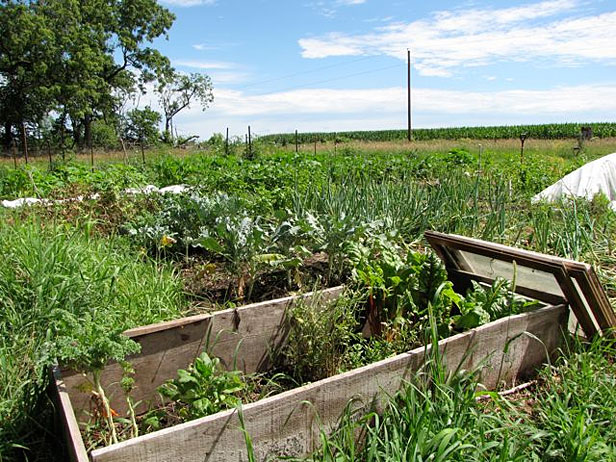Today I’ll focus on yet another community suffering from coal’s pollution – but this community is a little bit larger, and it’s on the front end of an emerging trend. The city is Chicago and it’s starting what could be a national movement to clean up dirty energy in the inner city.
Some of our oldest and dirtiest coal plants are located in major cities across the U.S.; and they are often located in areas with other major pollution sources, exposing residents of these densely populated areas to higher levels of harmful pollution than their neighbors.
What’s happening now in Chicago is just the beginning as residents of these communities organize and rise up against these environmental injustices, finding ways to clean up their air and water.
In Chicago, more people live near the city’s two old coal plants than any other coal plant in the nation. The plants, located on the southwest side of Chicago, cause 40 pre-mature deaths, 500 emergency room visits and 2,800 asthma attacks every year. Chicago also has one of the highest asthma rates in the country, and the city’s asthma hospitalization rate is nearly double the national average. According to the Environmental Protection Agency, on average, one out of seven school-aged children has asthma; in a number of Chicago-area neighbors, upwards to one out of three children suffer from asthma.
As such, community groups are working to clean up the two coal-fired power plants: Fisk and Crawford – both owned by Midwest Generation. And it goes beyond their asthma-causing air pollution. The Fisk plant produces more than 1.78 million tons of CO2 annually. The Crawford plant produces more than 3.18 million tons of CO2 annually.
Today in the Windy City, more than 50 local and national organizations, joined by local community members and elected leaders kicked off a ward by ward effort.
“Like many working-class communities of color around the country, Pilsen (a Chicago neighborhood) is inundated with multiple pollution sources, the worst of which is the Fisk plant,” said Jerry Mead-Lucero, member of Pilsen Environmental Rights and Reform Organization (PERRO), “Your race or class should not determine whether or not you have a healthy environment in which to live.”
For years, local organizations such as Little Village Environmental Justice Organization (LVEJO) and PERRO have been champions for cleaning the Crawford and Fisk coal plants. Then the Chicago Clean Power Coalition was formed early this year, and support for the groups has grown as more families living in the affected communities get sick of the coal plants’ pollution.
The groups are working to pass the Clean Power Ordinance introduced by Chicago Alderman Joe Moore in April. The ordinance will require the coal plant operators to reduce particulate matter pollution (soot) from the coal plants by 90% and global warming pollution (CO2) pollution by 50%, resulting in significant health benefits for neighboring communities. The ordinance currently has nine cosponsors and the coalition has collected close to 1,000 signatures and letters from citizens asking their aldermen to support the ordinance.
“We are looking to the City Council and Mayor Daley to not only to protect the health of its citizens, but also lead the country towards a clean energy future,” said Sierra Club Executive Director Michael Brune, who was at the kick off event.
This Chicago event is just another example of action against coal and for clean energy. All over the U.S. we’ve seen local residents uniting to protect public and environmental health from the massive pollution spewed out from coal-fired power plants. Together we can make these changes.



